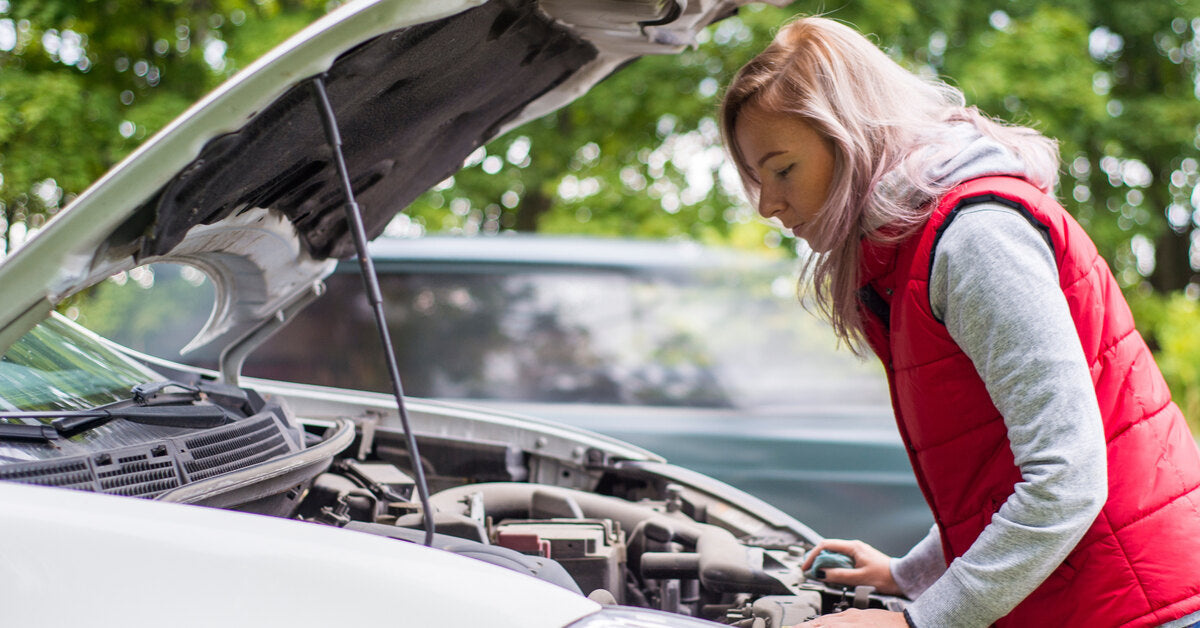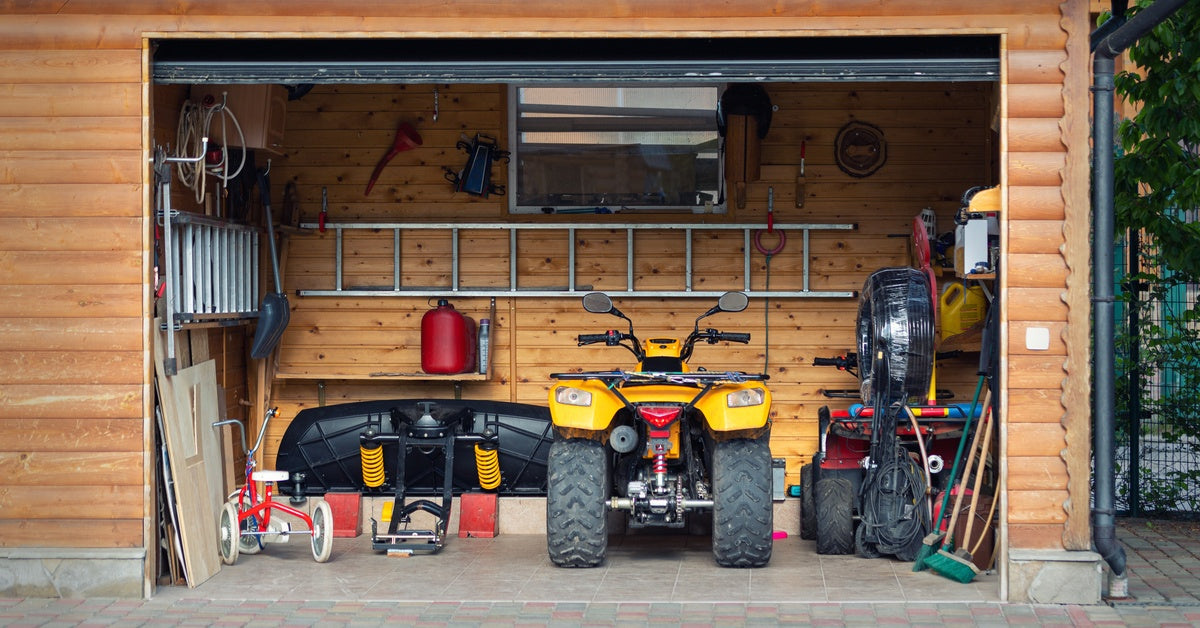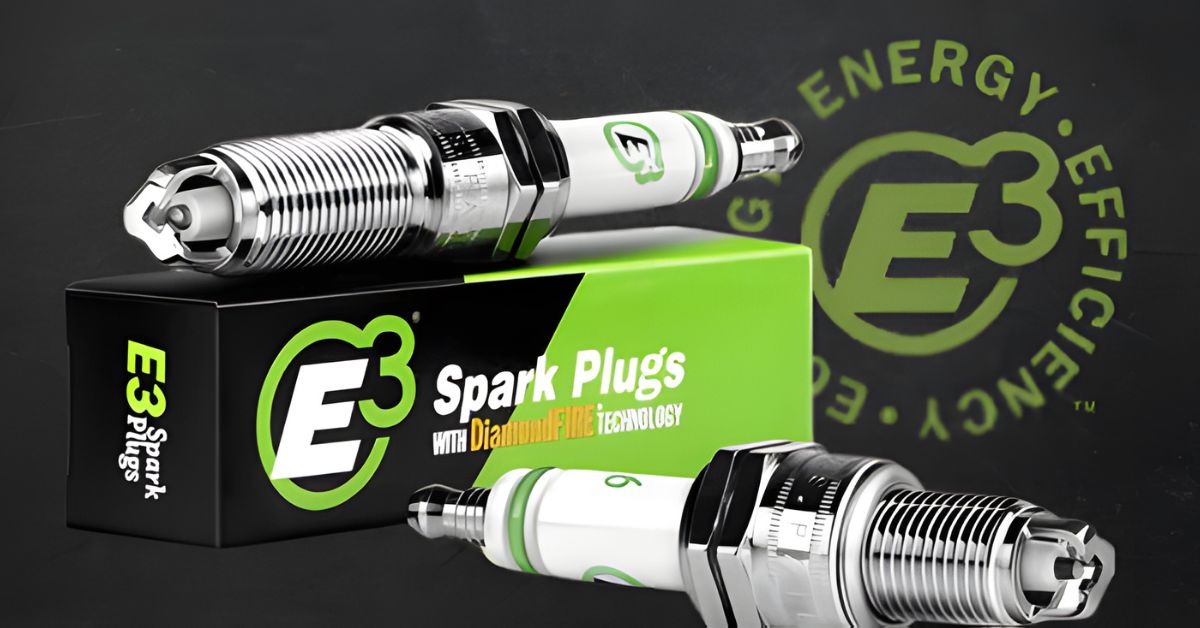
We are often asked, "What is the difference between traditional ignition coils and coil packs?"
For decades, internal combustion engines relied on electrical current from the car's battery to be converted as it passed through the ignition system's coil. The spark was then passed by the distributor through the plug wires to a spark plug located in each cylinder head. Ignition coils transformed the battery's low voltage (typically 12 volts D.C.) to the high voltage needed to ignite the air-fuel mixture in the engine's cylinders. The coil was connected to the distributor's rotor, which would spin creating a pulse arc. Via a cap and rotor, the distributor managed the high voltage. Relying on a vacuum advance or centrifugal advance, the distributor's breaker points controlled the timing of the spark to the correct plug.
Since spark timing is so critical to engine performance, newer cars and trucks use a sensor that tells the engine control unit (ECU) the exact position of each piston. This allows the car's computer to control a transistor that replaces the breaker points and opens or closes current as needed. A coil pack is a collection of ignition coils that transforms power from the automobile's battery to generate spark to individually fire each cylinder. Coil packs began to replace the less-efficient distributor in vehicles during the late 1990s. This also allowed ignition coils controlled by a vehicle's computer to be remotely mounted. Since there are no moving parts, coil packs more reliably deliver spark to each cylinder for cleaner combustion.
As the mechanical distributor was replaced with electronically controlled signals, spark was passed through a single coil. In most 4-cylinder engines today, a wasted spark ignition system sends a spark to opposing cylinders on intake and exhaust strokes simultaneously. One cylinder is at top dead center and fires on the power stroke while the cylinder on the exhaust stroke allows burned combustion gases to escape out the exhaust. V6 and V8 engines firing on opposite banks generally use a coil pack with normal looking ignition wires. Generally speaking, coil packs produce better horsepower for today's high-performance engines. To learn more about replacement ignition parts for your car or truck, visit Ignition Wires and Coils page on the E3 Spark Plugs website.







